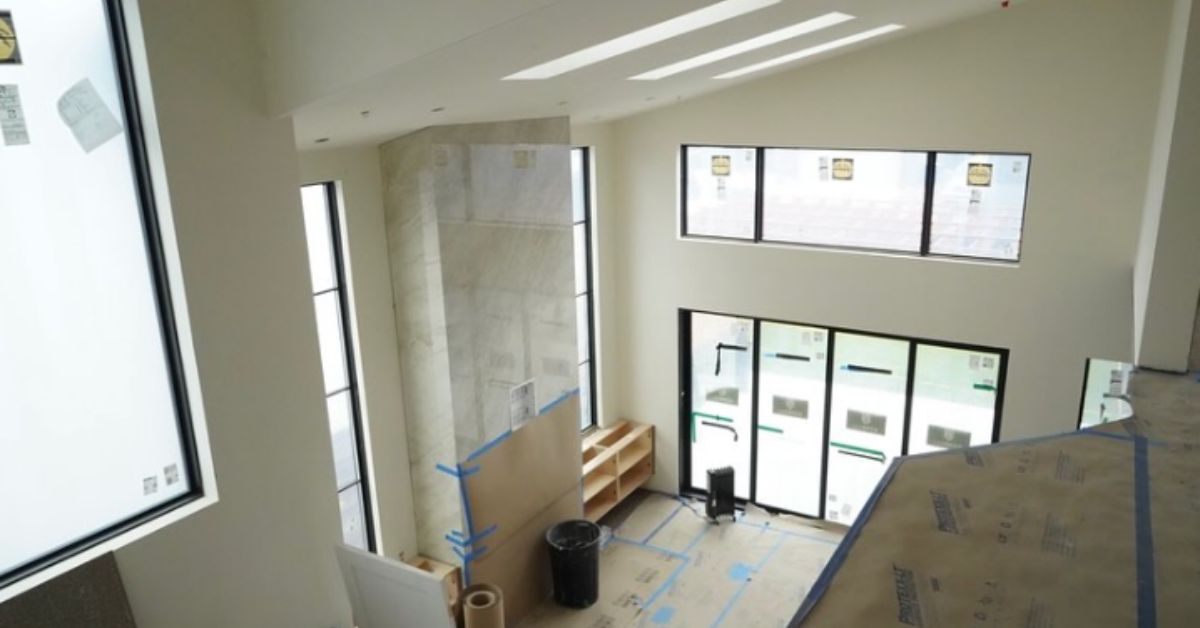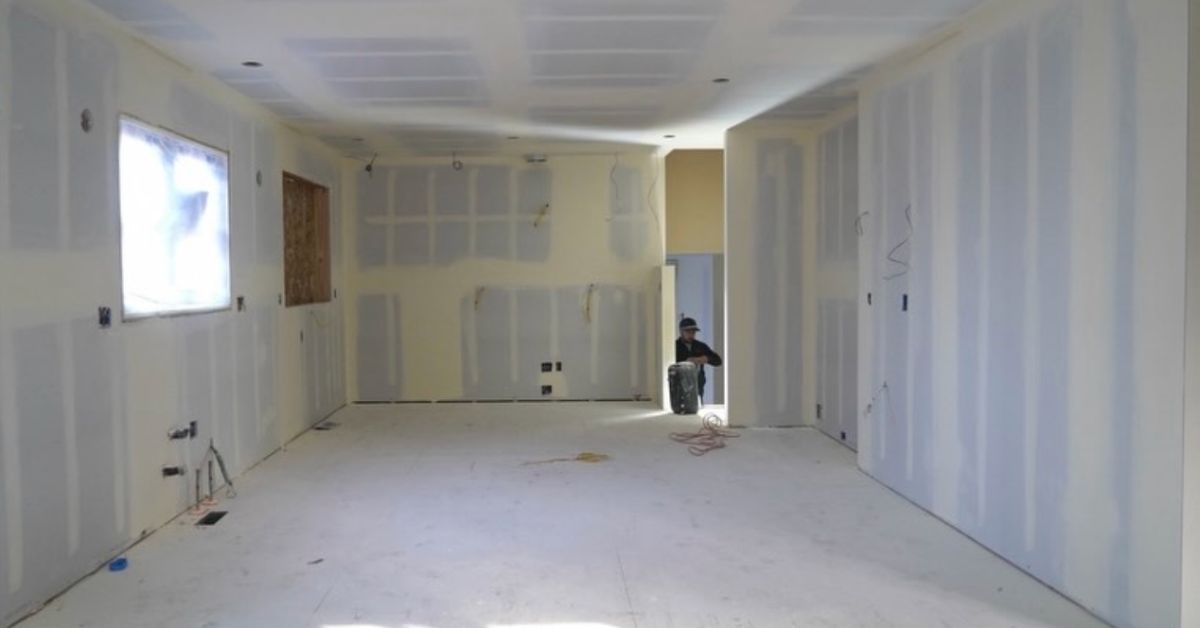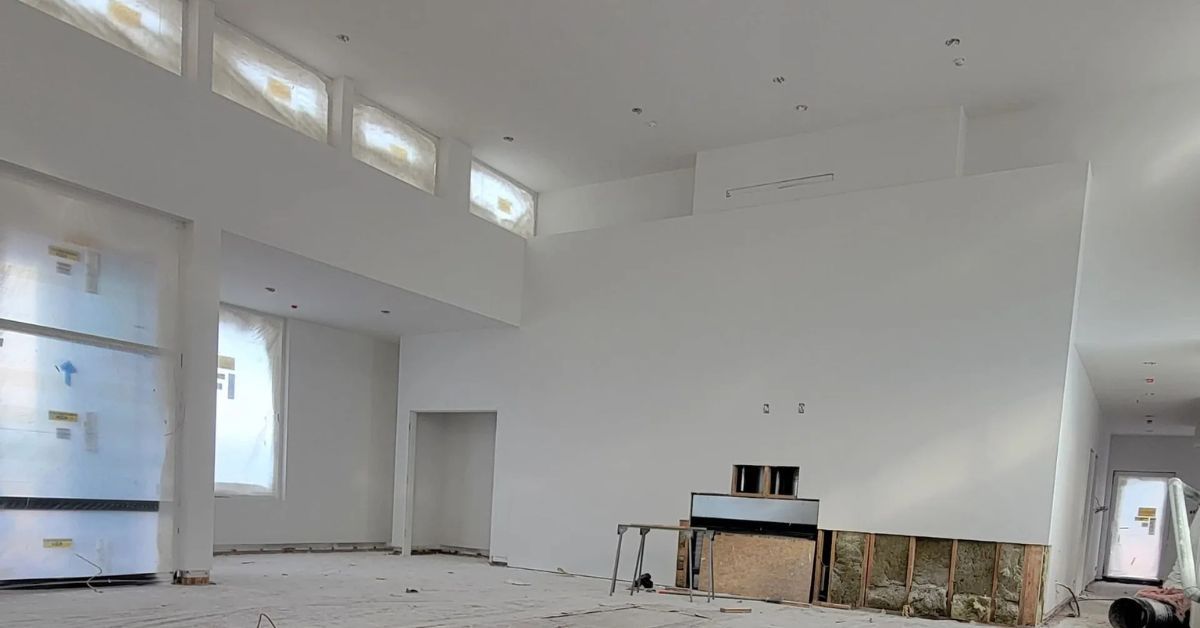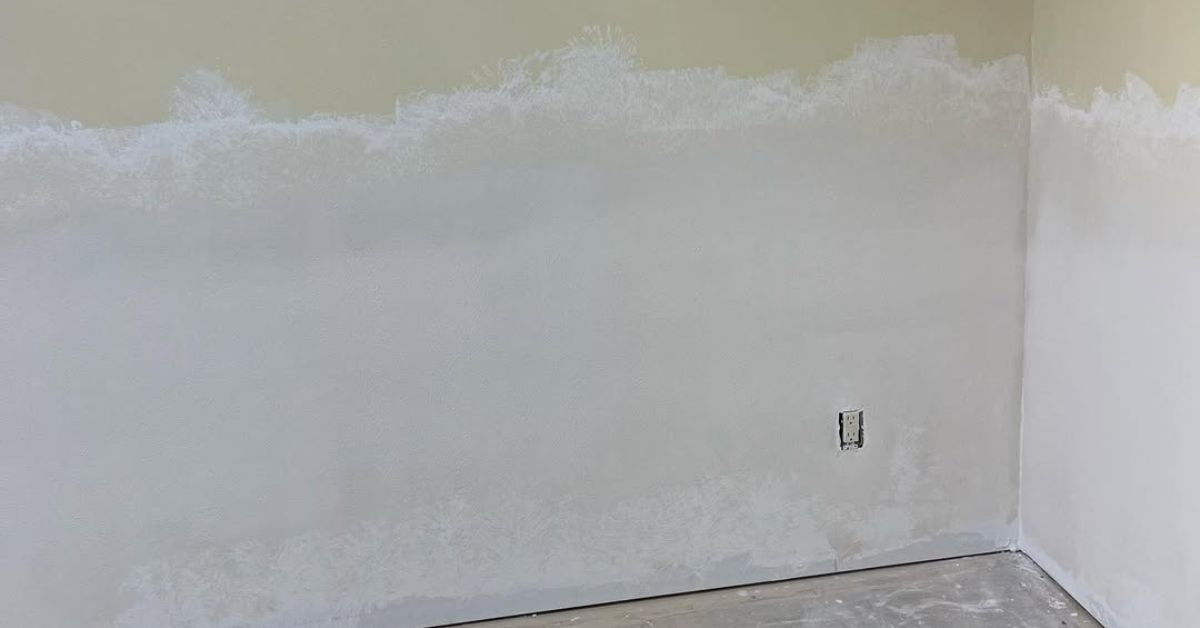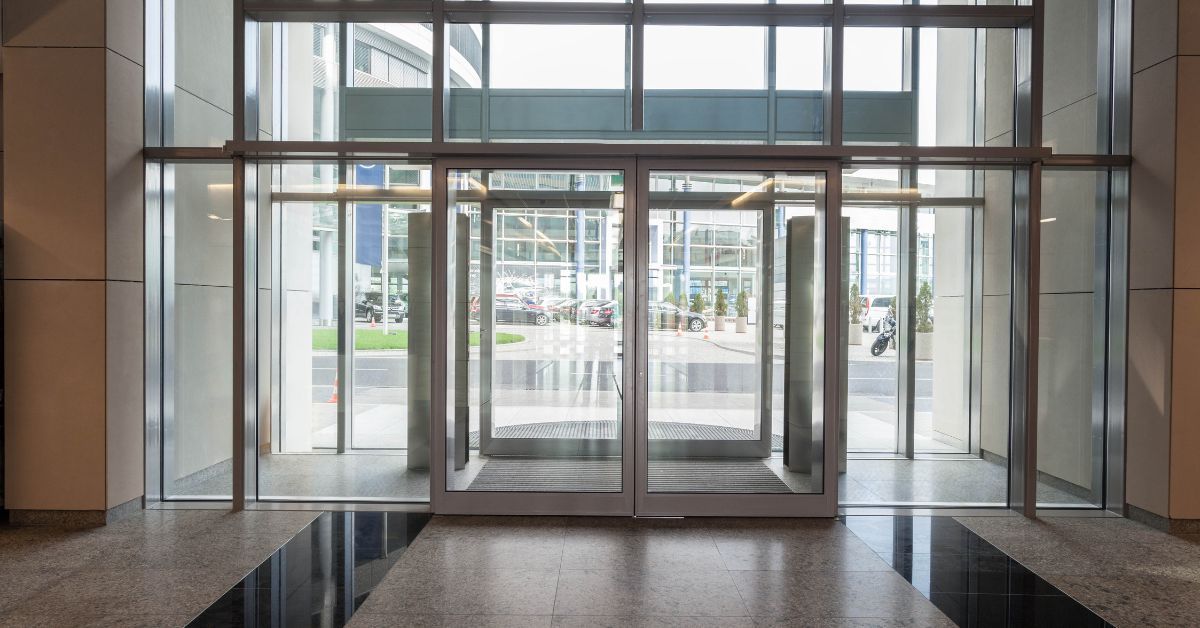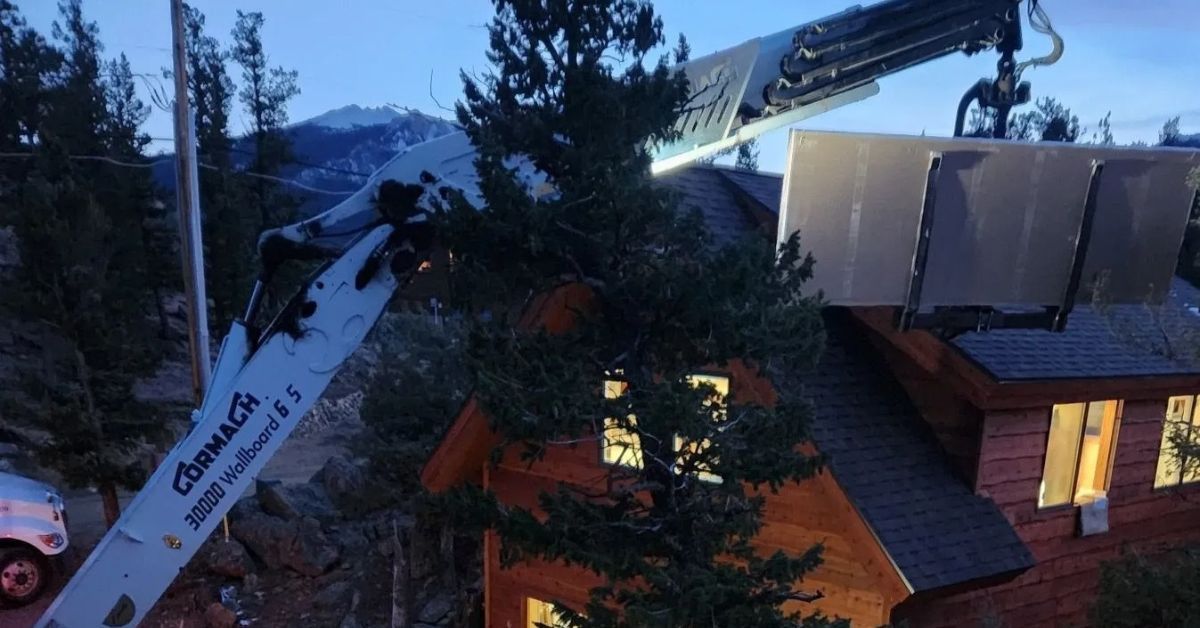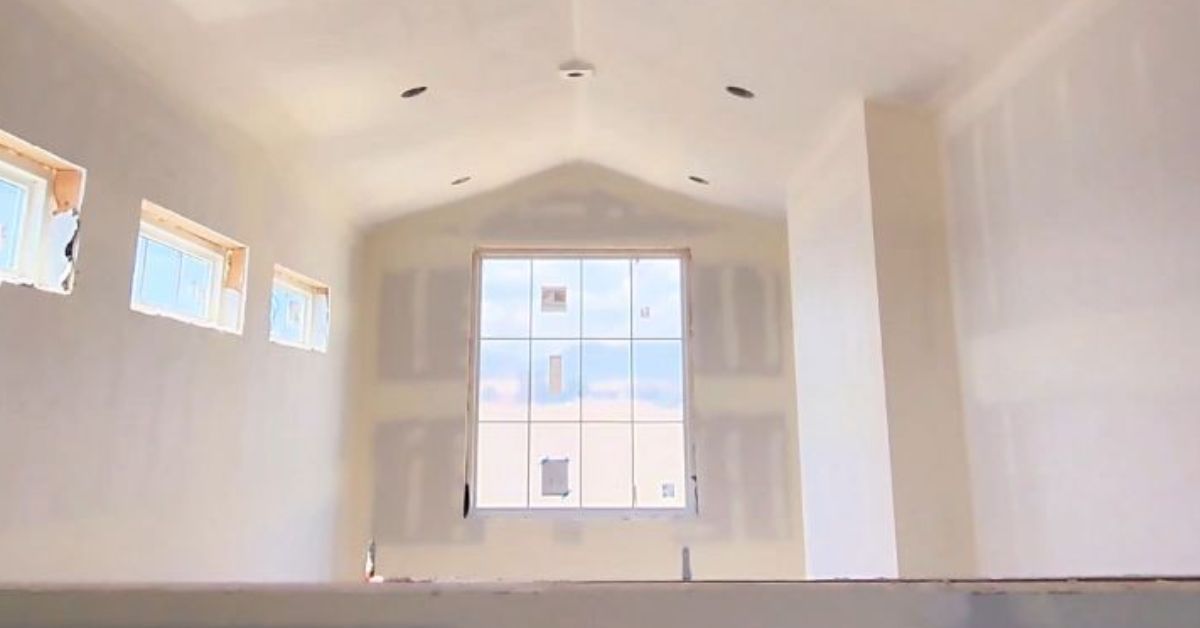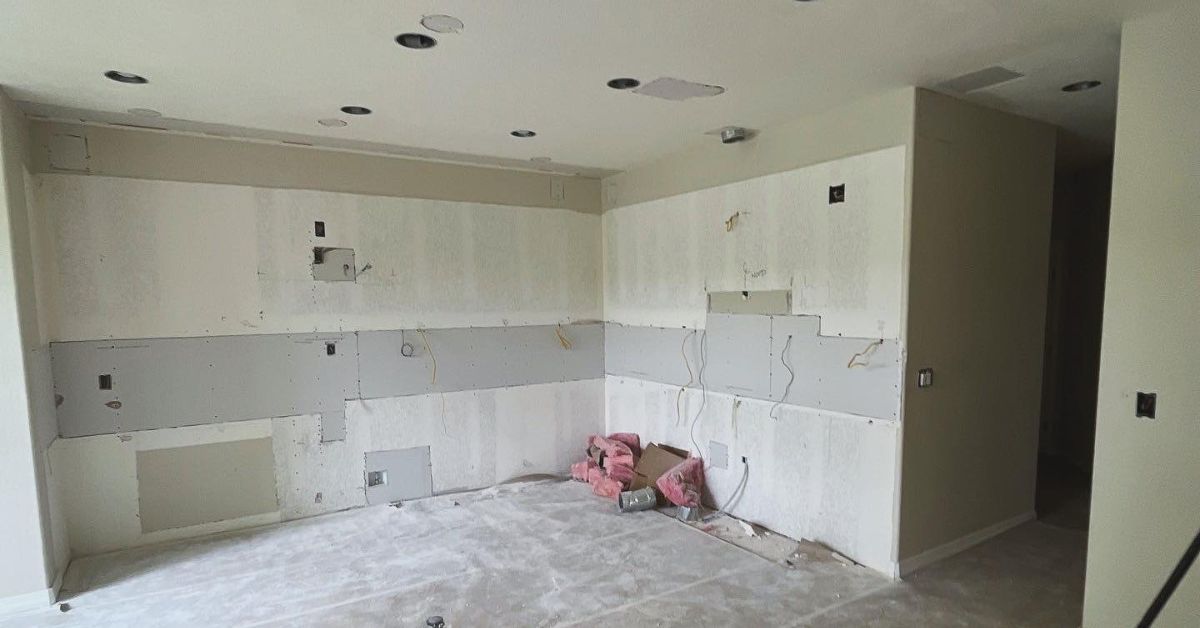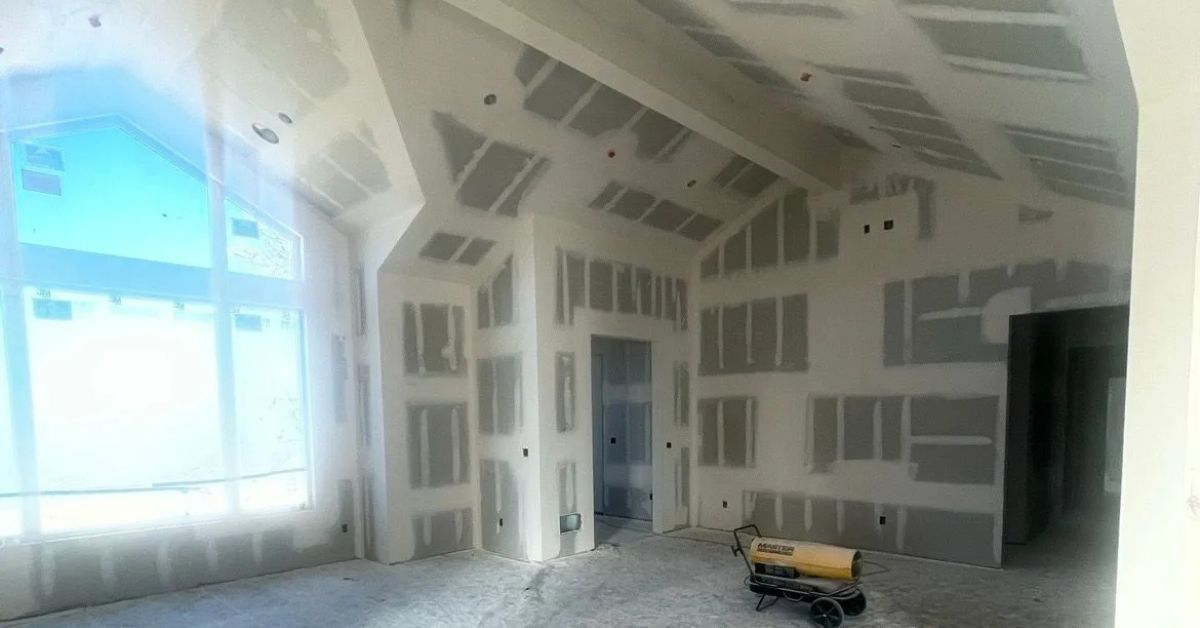14 Main Reasons Why Your Drywall Is Cracking
Drywall cracks are more than just an eyesore—they can be an indicator of underlying issues in your home that need attention. Whether you’re dealing with tiny hairline cracks or more significant splits, understanding the causes is key to addressing the problem effectively and preventing further damage. There are a few main reasons why your drywall is cracking, and when you understand those reasons, you can better understand what they mean for your home and what actions you can take to fix them.
Foundation Settling
Your home's foundation settles naturally over time as it adjusts to the soil it’s on. This process can lead to shifts and slight movements that affect the entire structure, including your drywall. Cracks caused by foundation settling often appear near corners, doors, and windows, where stress is concentrated. While minor settling is normal, larger or growing cracks may indicate more serious foundation problems that require professional evaluation.
Temperature Changes
Extreme or frequent temperature fluctuations cause the materials in your home to expand and contract repeatedly. This movement puts added stress on your drywall, which can result in visible cracking over time. Drywall is particularly vulnerable in climates with harsh or rapidly changing seasons, where expansion and contraction cycles are more pronounced. Installing proper insulation and maintaining consistent indoor temperatures can help mitigate these effects.
Humidity Levels
Humidity plays a big role in the condition of your drywall. High humidity levels can cause drywall to absorb moisture, leading it to swell and weaken. Conversely, very dry conditions can cause the drywall to shrink and crack. This humidity is especially common in bathrooms, basements, and other poorly ventilated areas. To prevent humidity-related cracks, consider using a dehumidifier in damp areas and keeping your home’s humidity levels balanced year-round.

Poor Installation Practices
If professionals didn’t install drywall correctly during construction, problems are likely to arise over time. Common mistakes include using the wrong type or size of screws, leaving gaps between panels, or improperly applying the joint tape and mud. These errors can cause the drywall to develop cracks as it bears weight or experiences natural shifts. To prevent cracking, work with professional installers who can inspect the quality of work during construction, saving you trouble down the road.
Structural Shifts
As your home settles and shifts, its framing and structural components can move slightly. These movements create stress points that often result in cracking, especially in areas where drywall panels meet or attach to other surfaces such as ceilings or floors. Larger structural shifts caused by unstable soil, poor construction, or heavy loads may lead to more severe and widespread cracks. In such cases, consulting a structural engineer may be necessary.
Impact Damage
Everyday accidents, such as bumping into walls with furniture or slamming doors, can cause cracks in your drywall. Even minor impacts can weaken the drywall’s surface, resulting in hairline cracks or chips. Over time, repeated impacts can expand these cracks, making them more noticeable. To avoid this, handle heavy items carefully and consider installing durable corner protectors in high-traffic areas of your home.
Water Damage
Water damage is a major culprit behind drywall cracks. Leaks from your roof, plumbing, or windows can seep into the walls, weakening the drywall. This weakness can lead to cracks, bulging, or even crumbling in severe cases. Addressing leaks quickly and installing proper waterproofing measures can help prevent mold growth and costly repairs down the line.
Building Aging
As homes age, natural wear and tear will affect the materials used in their construction, including drywall. Over decades, even well-maintained homes experience gradual settling, material fatigue, and environmental exposure, all of which can lead to cracking. These cracks are often cosmetic and nothing to worry about, though regular inspections can help determine if they signal a larger issue.
Improper Taping and Finishing
Professionals will seal the seams between drywall panels using joint tape and drywall compound, but if they don’t apply these materials properly, the seams may weaken over time. Cracks often appear when the joint tape isn’t fully embedded into the compound or when someone applied the layers of the compound too thinly or unevenly. Thankfully, proper finishing techniques can help ensure long-lasting results and avoid the problems that come with new builds and rushed construction projects.
Vibration and Noise
Frequent vibrations and continuous noise, such as those caused by nearby construction, heavy machinery, or traffic, can weaken drywall over time. These vibrations create stress points, particularly in areas where the drywall is already under tension, such as corners or seams. In homes near highways or construction zones, using vibration-dampening materials during construction can help reduce the risk of cracks.
Expansion Joints Not Included
Larger homes or buildings often require expansion joints to accommodate the natural movement of materials due to temperature and humidity changes. Without these joints, the pressure that builds up in large walls or ceilings can lead to cracking. This potential for cracking is especially true in open-concept spaces or homes with high ceilings. If you notice significant cracks in large surfaces, it might be worth consulting a contractor about retrofitting expansion joints.
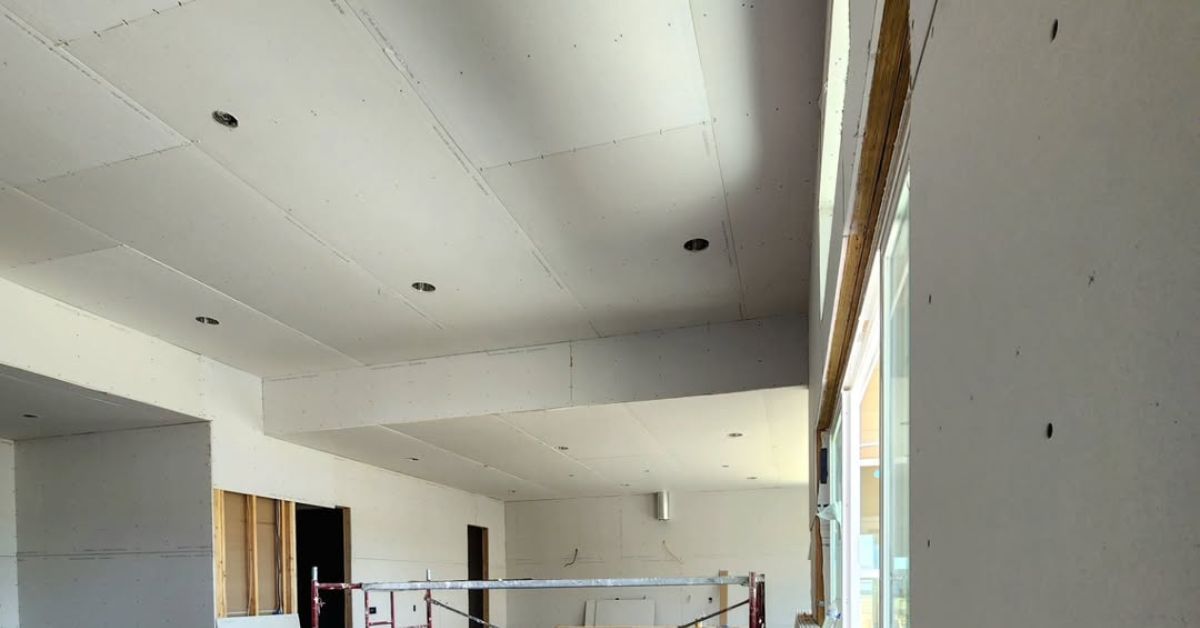
Seasonal Drying of Materials
Seasonal changes can cause materials such as wood framing, plaster, or even the drywall itself to dry out and shrink. This movement creates stress on the drywall, often resulting in small cracks near joints, corners, or windows. Proper climate control, including stable indoor temperatures and humidity levels, can help minimize the effects of seasonal changes on your walls.
Inferior Drywall Materials
Not all drywall is created equal. Some low-quality materials fail to withstand the everyday stresses of expansion, contraction, and natural wear and tear. Using cheap drywall during construction can make your walls more prone to cracking over time. Investing in high-quality materials, especially in areas prone to moisture or temperature fluctuations, can save you from frequent repairs.
Earthquake or Ground Movement
Even minor seismic activity or subtle shifts in the ground can affect your home’s structural integrity. These movements often lead to noticeable cracks in your drywall, especially in areas where the structure is already under pressure. While homes in earthquake-prone regions can withstand major quakes, even small tremors can cause damage if you haven’t properly reinforced your drywall.
There are many reasons why your drywall could be cracking, and while it can seem like a minor problem, they often point to larger issues that require your attention. By identifying the main reasons for cracking, such as foundation issues, poor construction practices, or environmental factors, you can take steps to address and prevent further damage.
Keeping a close eye on your drywall and tackling these issues promptly will protect the aesthetics and safety of your home, and that’s where Rival Drywall comes in. We’re the drywall repair company that can help address drywall cracking problems and point you to the larger problems that may also need your attention. Let us help keep your space safe and crack free!

